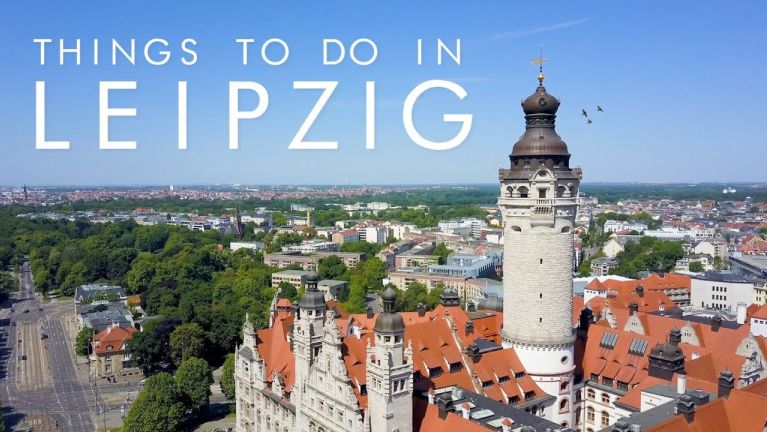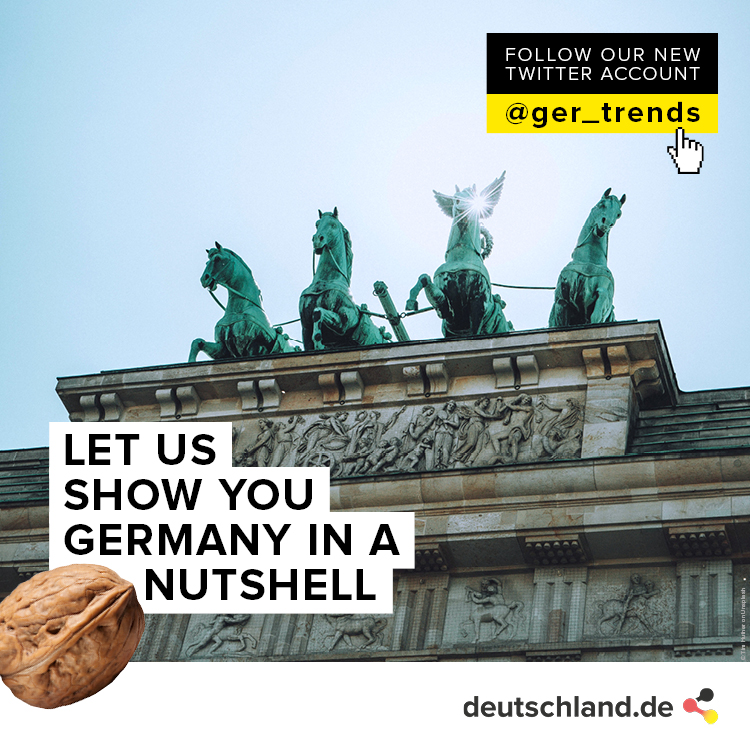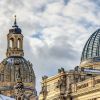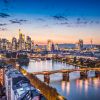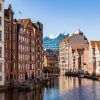The in-between city
Leipzig, an urban playground with green creative spaces. Discover what makes this city special.

Leipzig exerts a magnetic pull – more and more people, especially the young, are coming to this Saxon city, be it to attend the book fair in the spring, the WGT gothic festival over the Whitsun weekend in May, the audio drama festival at Richard-Wagner-Hain park, or the autumn festivals.
Cool-kid town with many nicknames
Business city, university town and trade fair city, town of literature and music, peaceful revolution city and city of creative spaces – Leipzig has many nicknames, and was most recently named “cool-kid town” by the New York Times. But it could easily have another name tomorrow, for Leipzig is changing – constantly and quickly. Leipzig is still a big city that has visible spaces in-between, spaces that tell stories about the city’s permanent state of flux over the past eight decades. And it is this in-between that ensures that Leipzig is probably one of Germany’s most interesting cities, as well as the big city that is undergoing the most rapid transformation.
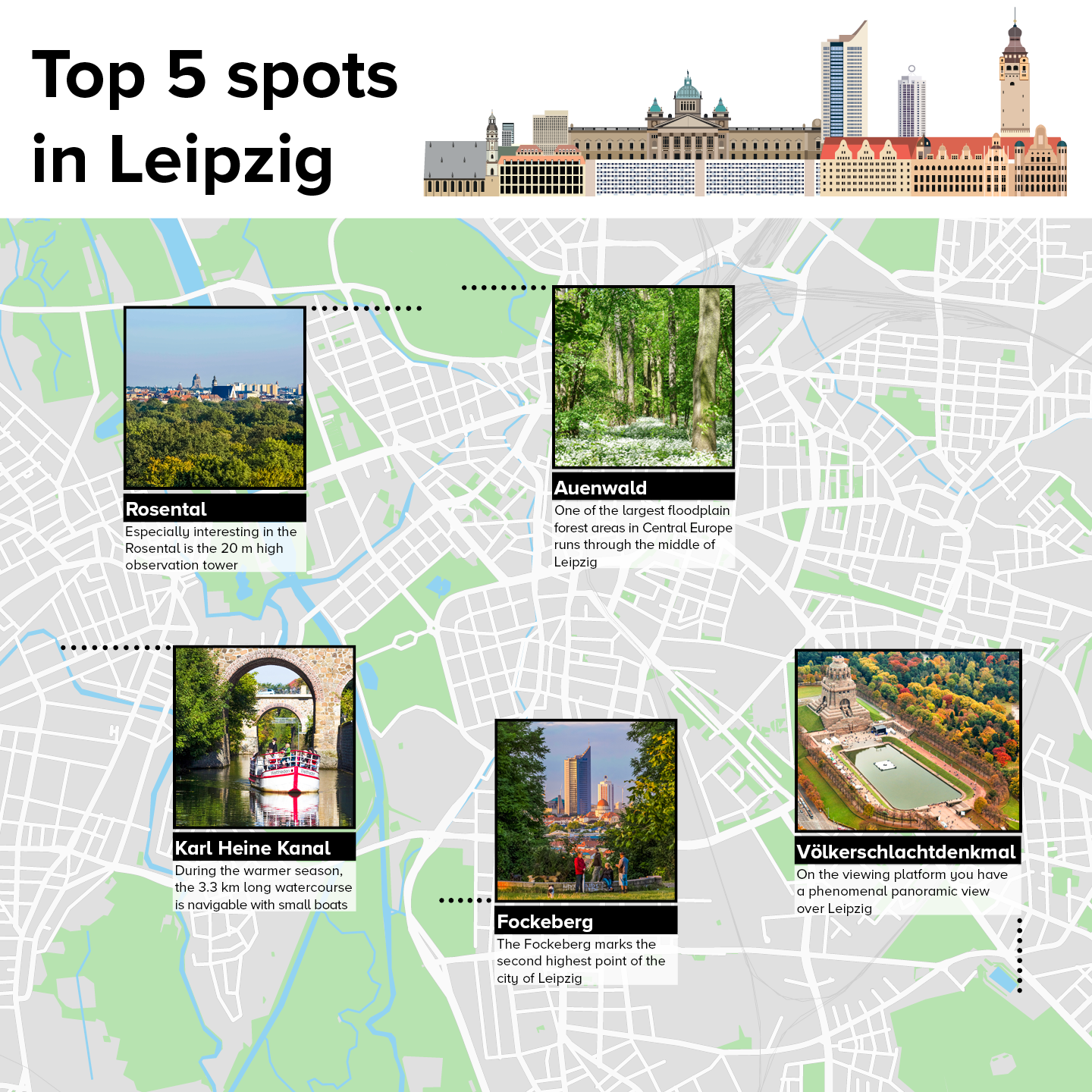
Exploring Leipzig digitally
The old west of Leipzig used to have an industrial character, but today it’s a young trendy district and a space for artistic experimentation. You can immerse yourselves in Leipzig’s art scene even during the corona crisis. For example by taking the 360° tour of the Kunstkraftwerk (KKW) exhibition and cultural centre at the former site of the Greater Leipzig Tramway Company.
Normally one would process all the new impressions from the KWW while taking a stroll along the Karl Heine Canal. No less than 3.3 kilometres long, this manmade waterway runs all the way through Plagwitz to the White Elster river, connecting it with Lindenau Harbour. However, a virtual canoe tour allows you to enjoy the city’s summer flair even during the winter from the comfort of your own home.
The west of the city is characterised by more than a dozen bridges and numerous former factories. An industrial area dominated by spinning mills and large companies in the nineteenth and twentieth centuries, it is now home to galleries, independent theatres, clubs and numerous pubs. It is surrounded by riverside forests, parks, the White Elster river and canals. Many parts of the city can be explored by water from the new City Harbour – be it with your own canoe or on a guided boat tour.
Space for ideas and projects
The east is probably the trendiest and perhaps most urban part of the city. Until recently, rents were low in the rows of houses here, some of which stood empty for years; here there is space for ideas and projects. These niches and free creative spaces still exist, though for years they have been visibly on the decline. What makes Leipzig so special? The desire to be both somewhere in-between and yet right at the heart of Germany’s most multifaceted urban playground.
Dieses YouTube-Video kann in einem neuen Tab abgespielt werden
YouTube öffnenThird party content
We use YouTube to embed content that may collect data about your activity. Please review the details and accept the service to see this content.
Open consent formYou would like to receive regular information about Germany? Subscribe here:
